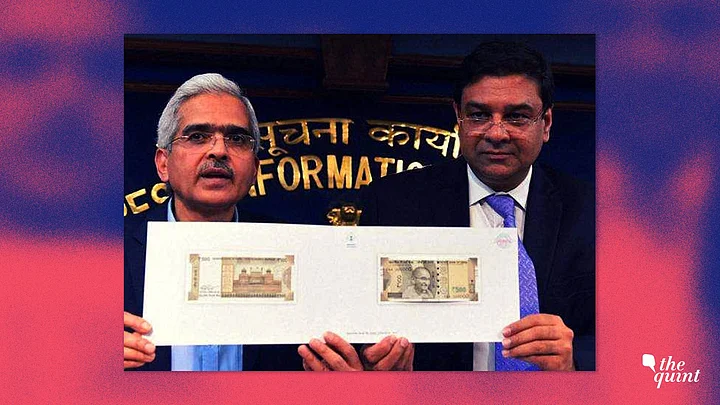Veteran bureaucrat Shaktikanta Das will take over as the 25th Governor of the Reserve Bank of India for a period of three years, the government said in an announcement on Tuesday, 11 December.
“The Appointments Committee of the Cabinet has approved the appointment of Shri Shaktikanta Das, IAS Retd, former Secretary, Department of Economic Affairs, as Governor, Reserve Bank of India for a period of three years,” said a government statement.
The appointment follows the surprise resignation of Urjit Patel on Dec. 10. Patel decided to step down immediately citing “personal reasons” amid a stand-off with the government on a host of issues.
Who Is Shaktikanta Das?
Shaktikanta Das is a 1980 batch IAS officer from the Tamil Nadu cadre. He is currently a member of the Fifteenth Finance Commission. He also represents India at the G-20 in a role of a sherpa.
Das was the economic affairs secretary to the Government of India till May 2017 and was in office when demonetisation was announced. During that period, when cash was in short supply, Das was often seen defending the government’s decision even as the RBI remained silent.
Das toed the government’s line that demonetisation would help reduce unaccounted wealth in the economy, bring down the problem of counterfeit money and help push digital payments. He had also countered the concerns over the growth impact of demonetisation by saying that any short-term dip in growth has been factored in.
Since he left the Finance Ministry, Das has retreated from debates around current economic issues. As such, he is yet to weigh in on some of the issues of dispute between the RBI and the Government.
Taking Over In Tough Times
The new governor takes charge at a time a number of contentious issues persist between the central bank and the government.
Crucial among these issues is the governance structure of the central bank and the size of the RBI’s balance sheet. At the last board meeting of the RBI’s central board in November, it had been decided to set up a committee to re-look at the economic capital framework adopted by the RBI. The members of that committee were to be picked jointly by the central bank and the government. A final decision on this is awaited.
The board is scheduled to meet next on 14 December and take up the issue of governance reforms, which may give the central board a bigger say in the RBI’s decisions.
Urjit Patel had opposed the government on both those fronts.
A more immediate task for the new governor may be to address concerns that banks are facing regulations that are excessively tough and non-bank lenders are being starved of liquidity.
The government has sought a relaxation in the 12 February circular which prescribed a new stressed asset framework for banks. In particular, the government has argued that economically important power projects be kept out of the ambit of that circular. A demand has also been made that the prompt corrective action framework be eased. Patel and Deputy Governors Viral Acharya and NS Vishwanathan have opposed this.
On liquidity, the RBI has said that is providing adequate funds to meet the needs of the economy even though the government continues to argue for easier liquidity. Following the monetary policy review last week, deputy governor Acharya said the RBI is ready to be the lender of last resort to NBFCs but the current situation does that require that level of support.
The new governor’s stance on each of these issues will now be closely watched by domestic and international investors.
(This article was first published on BloombergQuint)
(At The Quint, we question everything. Play an active role in shaping our journalism by becoming a member today.)
